Hotel Mudeung Park (무등파크호텔)
18.9Km 2021-02-01
14-10, Jiho-ro 164beon-gil, Dong-gu, Gwangju
+82-62-226-0011
Opened in 2004, Hotel Mudeung Park is located at the foot of Mudeungsan Mountain. Situated in a leisure town measuring an impressive 495,000 m², the hotel is one of the representative hotels of Gwangju and is known for its high-quality facilities and services.
In addition to its posh guestrooms, Hotel Mudeung Park offers a myriad of facilities including a convention hall, a banquet hall, a business center, restaurants, a wine bar, a driving range, a bowling alley, and an observatory with a panoramic view of downtown Gwangju.
Mudeungsan Lift Monorail (Jisan Park) (무등산 리프트모노레일 (지산유원지))
18.9Km 2023-12-22
14-10 Jiho-ro 164beon-gil, Dong-gu, Gwangju
To use the lift and monorail located at Jisan Park in Gwangju, visitors can purchase a ticket at the ticket office in the convenience store on the first floor and go up to the boarding area on the second floor. Get on the lift with a track length of 745 meters and an operating speed of 12 m/sec and climb for about 20 minutes while enjoying the scenery of Mudeungsan Mountain to arrive at Bitgoeul Station. From here, visitors can transfer to the monorail. Passengers can feel the thrill of riding toward the top on a monorail which can accommodate about 20 people at a time. A spectacular view of Mudeungsan Mountain will unfold in all directions. The view of Gwangju from Palgakjeong Observatory at the end of the monorail is a beautiful sight that visitors to Gwangju must see at least once as it is a famous attraction to enjoy the view of Gwangju.
Wolbongseowon Confucian Academy (월봉서원)
18.9Km 2021-07-06
133, Gwanggok-gil, Gwangsan-gu, Gwangju
+82-62-960-8253
Wolbongseowon Confucian Academy, built in 1578, was established by Kim Gyehwi and other confucian scholars to honor Ki Daeseung's study and virtue through Mangcheonsa Shrine. The location of the academy was moved to its current site in 1646, and the name Wolbong was given by King Hyojong in 1654. In 1671, Bak Sang and Bak Sun's shrines were moved from Deoksansa Shrine by the suggestion of Song Siyeol. Also, Kim Jangsaeng and Kim Jip's shrines were additionally placed in 1673. Unfortunately, the confucian academy was abolished due to the abolition policy of Daewongun in 1868. Later, Bingwoldang Hall was built by Jeollanam-do's Confucian scholars in 1938, followed by Gojiksa Shrine in 1972, Jangpangak Pavilion and Oesammun Gate in 1978, Sau in 1980 and Naesammun Gate in 1981. Bingwoldang is designated as Gwangju Monument No. 9 and woodblocks of Gobongjip are preserved in Jangpangak Pavilion.
Hotel the Spot [Korea Quality] / 호텔더스팟[한국관광 품질인증/Korea Quality]
19.0Km 2020-12-10
32, Amkor-ro, Buk-gu, Gwangju
+82-10-2417-6500
Located in Gwangju’s Buk-gu district, HOTEL THE Spot is an ideal base camp for traveling around the province. The hotel faces a park and the Yeongsangang River, suitable for leisurely walks. HOTEL THE Spot offers a “comfortable space like home,” with a special emphasis on room comfort and attentive services. Each room is furnished with a comfortable bed, work desk, minibar, wardrobe, and a PC with high-speed Internet for the traveler's comfort. Its interior design features white, gray, and wood tones for a trendy and comfortable touch. The hotel also serves free homemade breakfast every morning. There are 38 rooms in total, which are divided into the city and park views. The Studio Suite is equipped with a sink, cooking utensils, and a wide table, which are ideal for large families or groups looking for small event venues. For family travelers with young children, the hotel recommends the Superior Super King room, furnished with a super-king-sized bed. Other rooms include the Superior Double (city view), Deluxe Double, Deluxe Twin, and Suite Double. The Suite Studio has a bathtub rather than a shower for relaxation. Moreover, other amenities include the cafeteria, laundromat (payment required), and complimentary styles. The hotel also provides valet parking and concierge services.
Naju National Museum (국립나주박물관)
19.0Km 2022-02-04
747, Gobun-ro, Naju-si, Jeollanam-do
+82-61-330-7800
Naju National Museum displays artifacts found near the Yeongsangang River region and preserves artifacts excavated from throughout the Jeolla region.
While most national museums are found within the city, Naju National Museum is the first national museum to be located in a rural countryside. Its location provides a perfect relaxing atmosphere for visitors to take time and appreciate what the museum has to offer.
Although the museum may be isolated from urban cities, it uses modern technology to provide convenient museum experience. Naju National Museum is the first national museum to integrate NFC features within smart phones with the exhibition guide system for all exhibition halls. This integrated feature acts as a means to provide communication both ways, as visitors can receive information guides and upload them on social media via smart phones.
In addition to the collection of artifacts, the open-type storage rooms and the hands-on activities offered at the experience center provide opportunities to personally witness and experience the process of preservation and storage of cultural assets.
Jisan Recreation Area (지산유원지)
19.1Km 2023-01-25
35-1, Jiho-ro 164beon-gil, Dong-gu, Gwangju
+82-62-221-2760
Jisan Recreation Area reopened around December 2016, resuming monorail operation after 11 years. The unique rattle of a monorail running on one rail gives passengers a thrill. If you ride the monorail, you can see the panoramic view of Gwangju and the top of Mudeungsan Mountain at a glance. The monorail starts on the mountainside, 50 meters away from the end point of the lift, along the forest road, and runs to and from the top of the mountain in Jisan Recreation Area, where the octagonal pavilion is located. After reopening, it became popular among the younger generation through social media and word of mouth as a unique amusement facility where you can enjoy thrills on Mudeungsan Mountain in Gwangju.
Green Energy Experience Hall Gwangju-Jeonnam Regional Headquarters (녹색에너지체험관 (광주전남지역본부))
19.3Km 2024-02-14
123 Cheomdangwagi-ro, Buk-gu, Gwangju
Green Energy Experience Hall is located within the Gwangju Jeonnam Regional Headquarters of the Korea Energy Agency. Here, visitors can learn about the importance of energy conservation and discover methods to save energy in everyday life. Key facilities include the Green Energy Experience Hall, the Outdoor Experience Hall, and the LED Exhibit Hall. Admission is free, and the center welcomes visitors aged five years and older.
Namdo Folk Food Exhibition Room & Honam Cultural Material Pavilion (남도향토음식박물관·호남문화자료전시관)
19.4Km 2021-11-27
477, Seoljuk-ro, Buk-gu, Gwangju
+82-62-410-6642
Located in Gwangju, the Namdo Folk Food Exhibition Room was established to preserve and promote the local foods of the Namdo region. The museum has a museum shop, both permanent exhibitions and special planned exhibitions, and a studio where visitors can watch a variety of video content related to the local foods. In the Honam Cultural Material Pavilion, literature, clothing, and artwork from the region are on display.
The museum building was designed to resemble both the long, rectangular presses used to make patterned rice cakes and the Ipseokdae Rock of Mudeungsan Mountain, a symbol of Gwangju. Even the colors of the building’s walls hold special significance. The obangsaek (five colors; blue, white, red, black, and yellow) symbolize the cardinal directions, the seasons, the major organs in the body, different tastes, feelings, and philosophy.
Homeplus - Donggwangju Branch [Tax Refund Shop] (홈플러스 동광주)
19.6Km 2024-04-22
200, Dongmun-daero, Buk-gu, Gwangju
-
Uijae Museum of Korean Art (광주 의재미술관)
19.6Km 2024-11-14
155 Jeungsimsa-gil, Dong-gu, Gwangju
+82-62-222-3040
The Uijae Museum of Korean Art was established in memory of the famous Korean artist Heo Baekryeon. Construction of the museum ended in December, 1999, but the museum wasn’t officially opened until November 17, 2001. Built to mimic the curve of a gently sloping road, the museum’s unique design earned architect Jo Seongryong the 10th Korean Architecture Award the same year as the museum’s opening. Measuring 6,000㎡ (B1-2F) in size, the museum is comprised of two exhibition rooms, a storage facility, a seminar room, and a tea ceremony room for visitors. Since its opening, the Uijae Museum of Korean Art has hosted notable exhibitions and seminars such as the 2002 Biennale Project 2 International Symposium.
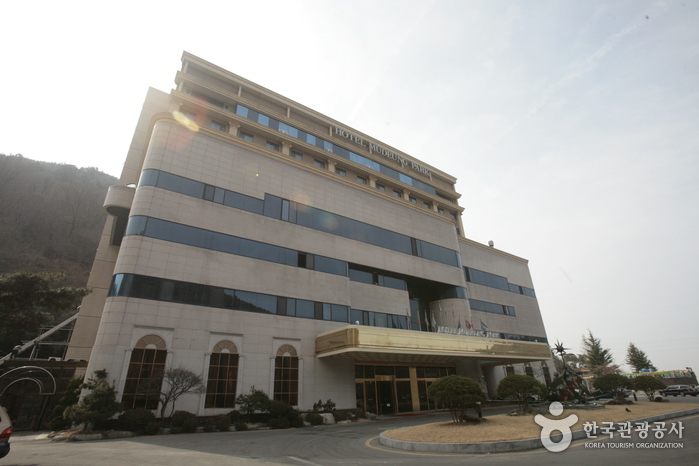
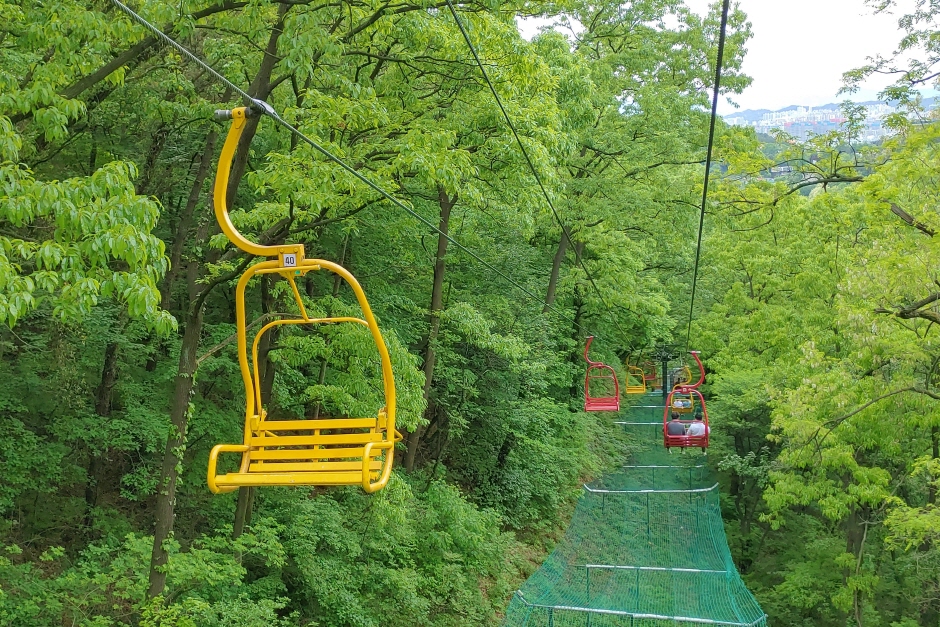

![Hotel the Spot [Korea Quality] / 호텔더스팟[한국관광 품질인증/Korea Quality]](http://tong.visitkorea.or.kr/cms/resource/77/2651577_image2_1.jpg)

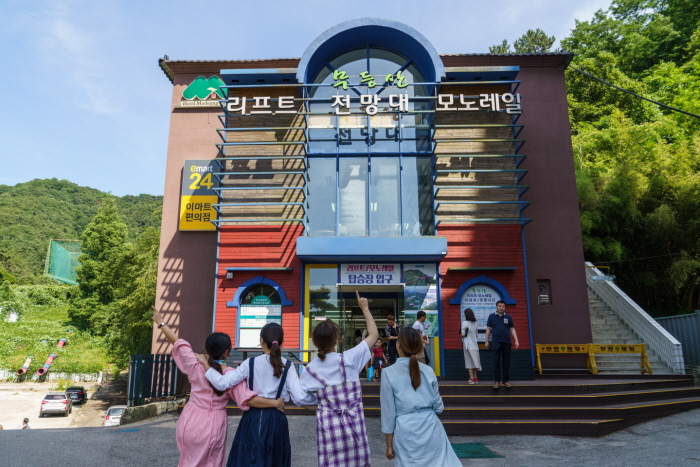
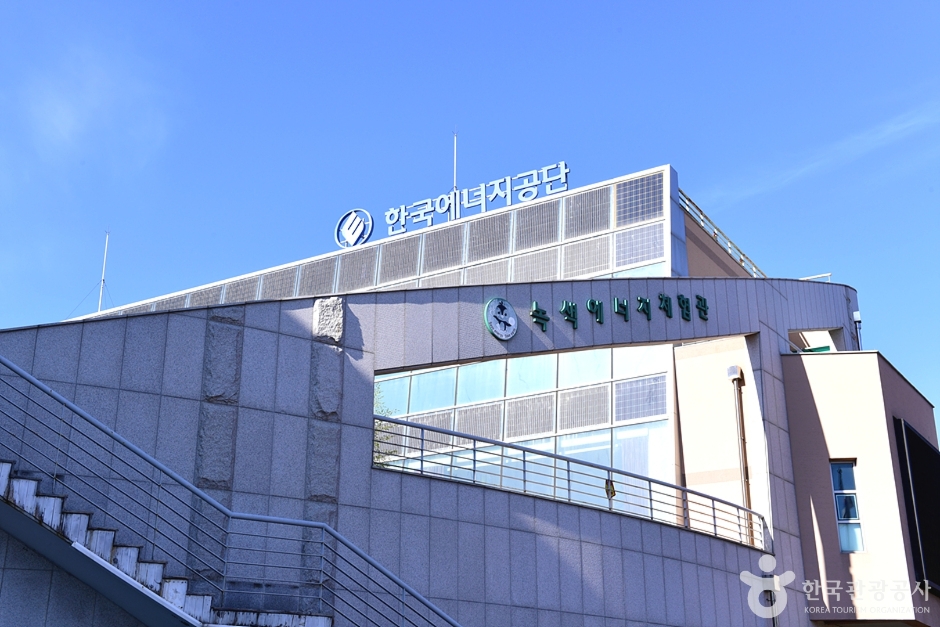
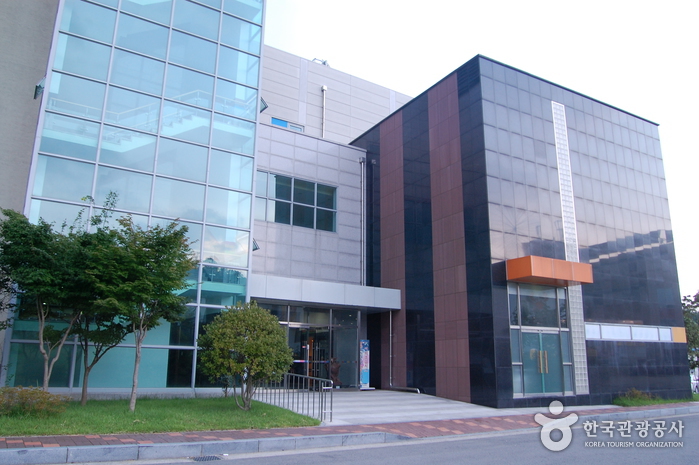
![Homeplus - Donggwangju Branch [Tax Refund Shop] (홈플러스 동광주)](http://tong.visitkorea.or.kr/cms/resource/30/2886830_image2_1.jpg)

 English
English
 한국어
한국어 日本語
日本語 中文(简体)
中文(简体) Deutsch
Deutsch Français
Français Español
Español Русский
Русский